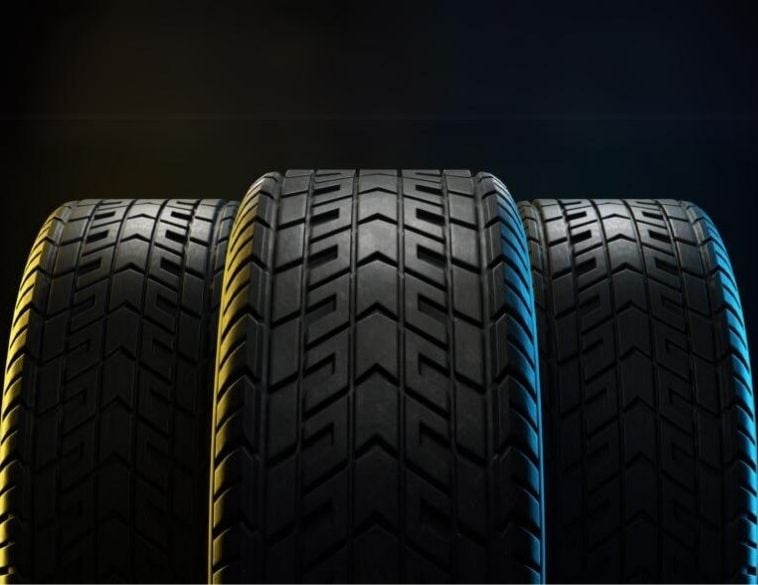Maintaining correct tire pressures deliver cost savings and reduced environmental impact
Every spring, as we have for over two decades now, TRAC launches its tire maintenance education campaign and May 2023 is no exception. As in past years, TRAC once again surveyed Canadian drivers about their tire maintenance habits and knowledge, as well as gauging information about their driving habits and how social factors such as current economic woes affect them on the road.
Our headline this year is that Canada’s roadways will be less travelled this summer with 66% of drivers telling us that financial pressures will force them to cancel or limit road trips.
Habits impact cost
The survey also shows that drivers lack knowledge about tire maintenance habits that can improve fuel economy and alleviate the cost of travel. And while a vast majority of Canadian drivers (79%) agree that proper tire inflation saves fuel, lowers emissions, and protects the environment, when it comes to drivers’ tire maintenance habits and know-how, there is still room to improve for most.
For example:
- Only 22% of drivers measure their tire pressures monthly as recommended by tire makers for optimal performance.
- 61% are unaware inflation pressures should only be measured when tires are cold, i.e., after the vehicle has been stationary for at least three hours or not driven more than two kilometres, and
- 33% refer to the air pressure stamped on the tire’s sidewall when identifying the correct pressure for their tires, which is the maximum pressure a tire can contain under maximum load, and not the recommended inflation level.
In the meantime, automakers are required to improve fuel economy of their product lineup as well as increase the range of electric vehicles (EVs); and tire makers play a role by improving tires’ rolling resistance, and designing tires that can improve fuel economy by up to 4%. Yet, our survey revealed that 55% of Canadian drivers are not aware of these products and only 16% have equipped their vehicles with these fuel-saving tires.
Fuel-friendly driving
Also, according to Natural Resources Canada, fuel-friendly driving habits such as maintaining a steady speed, accelerating gently, and coasting to decelerate, can deliver significant fuel savings. For example, at 120 km per hour, a vehicle uses about 20% more fuel than at 100 km per hour; and varying one’s speed up and down between 75 and 85 km per hour every 18 seconds can increase your fuel consumption by 20%.
All in all, Canadian motorists need more education on how to optimize their vehicle fuel efficiency, starting with proper tire maintenance, embracing fuel-efficient driving habits, and choosing fuel-saving tires when the time for a tire change comes. If all drivers out there do the right things, we will see a truly positive impact on the environment as well as motorist’s wallets.



